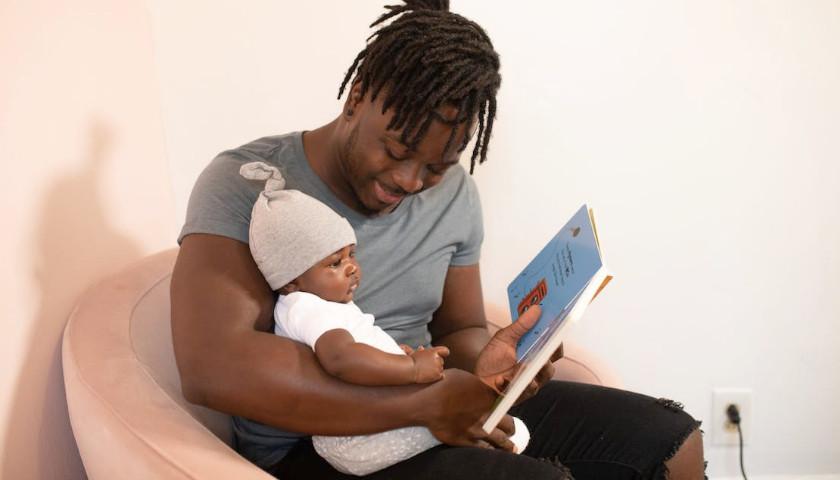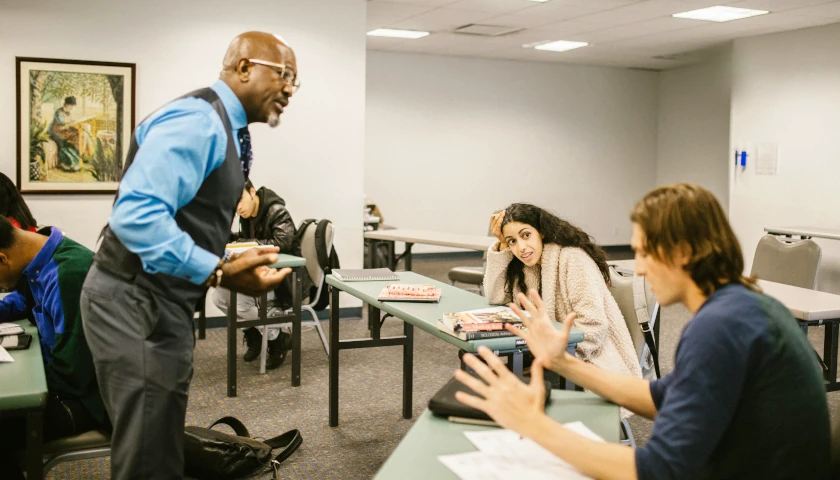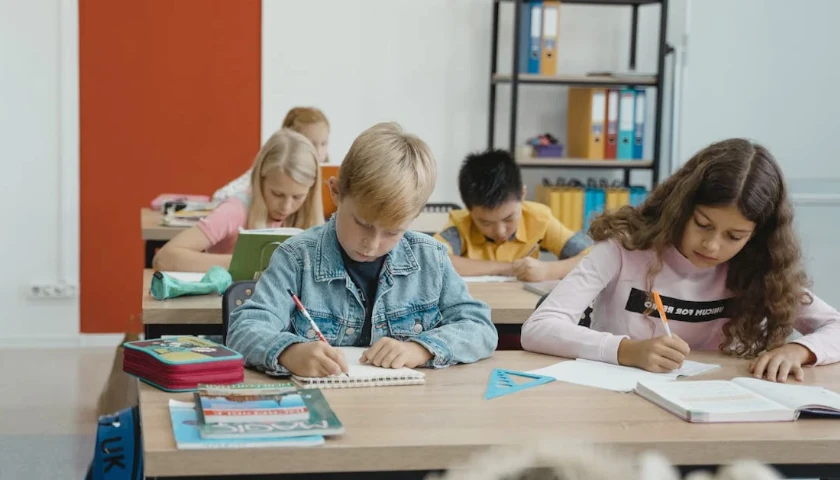by Heather Carson
When my husband and I decided we were going to homeschool, we puzzled over what might be his contribution. Our division of labor as a married couple included me as a stay-at-home mom and him as the primary breadwinner. Nevertheless, we wanted to find a way for him to be involved in the educational aspects of raising our children, despite his being gone all day at work. After giving it some thought, my husband decided on reading to our children at night as part of their bedtime ritual.
As soon as our first born could sit still enough to listen to a story, he began reading to her. As we added more children to the household, the bedtime ritual, already well established with our first, continued with each subsequent child. My husband sat and read his way through all of the books that had captured us as children, while our own children snuggled into their beds, listening attentively.
In this way, our children’s imaginations were stimulated as they listened to Peter and Wendy, The Hobbit, Lord of the Rings, The Chronicles of Narnia, The Chronicles of Prydain, The Princess and the Goblin, and many more. This early exposure to the written word inspired their own desire to read, and each of my children, in turn, have all become avid readers.
Charlotte Mason, an education reformer from the early 20th century, stated, “The most common and the monstrous defect in the education of the day is that children fail to acquire the habit of reading.” Reading to one’s child helps build literacy skills. Furthermore, it develops listening skills, helps children to understand story, and increases their vocabulary. All of these things set children up for success once formal learning begins.
Teaching your child to read need not be left to traditional teachers. Whether you are homeschooling or sending your child to public or private school, teaching a child to read is as easy as can be. The key is providing your child with the ability to decode the language. This can be done in as little as 10 minutes a day. If you’re not sure how to go about teaching your child phonics, you can use websites, such as Phonogram Page; or, if your child can use the computer, Starfall has interactive videos that teach phonics. Along with phonics training, small books such as Bob Books provide an opportunity for children to practice what they’re learning. Once they have the basics and can begin to decode with phonics, they are on their way to reading! Trips to the library where they can choose books for themselves help to reinforce practicing their new skill.
I have taught eight children to read in this way—well, seven, actually. One of my children was taught by his sibling, unbeknownst to me. When I sat down with him at age 6 to assess where to begin formal learning, I discovered that his sister had used the same method I described above, teaching him phonics a little bit each day, and he learned to read. And it was just a game to her. What a delightful discovery!
Most of my children, by the age of 7 or 8, were already reading Harry Potter, How to Train Your Dragon, or other such books, and of course they continued to be read to at night by their father. Learning to read has paved the way to all other learning and led to wonderful discoveries in niche interests such as blacksmithing, geology, economics, history, psychology, permaculture, gardening, and more. It’s been wonderful to be able to engage in interesting discussions over dinner where we can each share what we’re learning.
Even as our children have gotten older, my husband continues to read out loud to them all from time to time. By taking this little bit of time, with consistency, he has helped them develop a habit of reading that I hope they will take into their adult lives and, in turn, pass on to their own children.
– – –
Heather Carson is a homeschooling mother of eight and lives on a hobby farm. She enjoys teaching her children, writing, gardening, and Saturday dates with her husband of 21 years.





